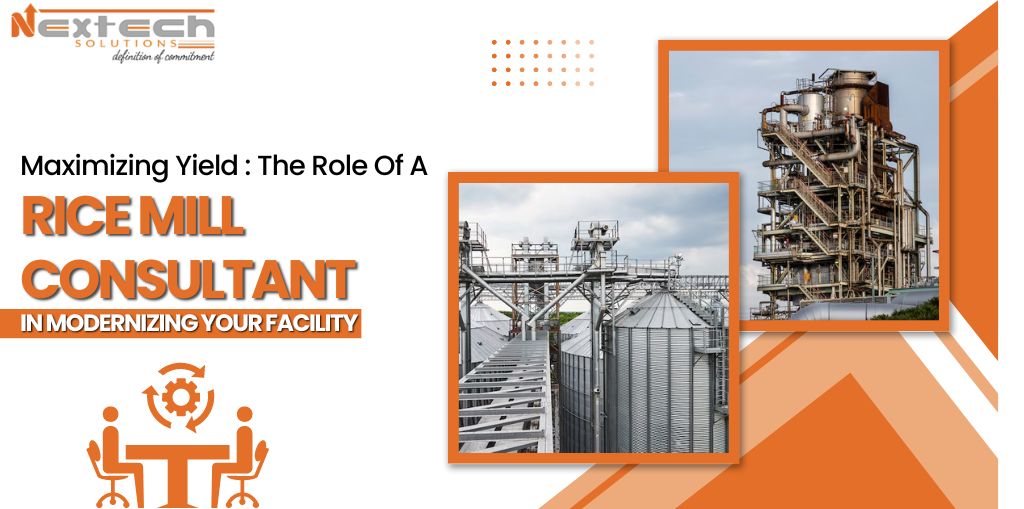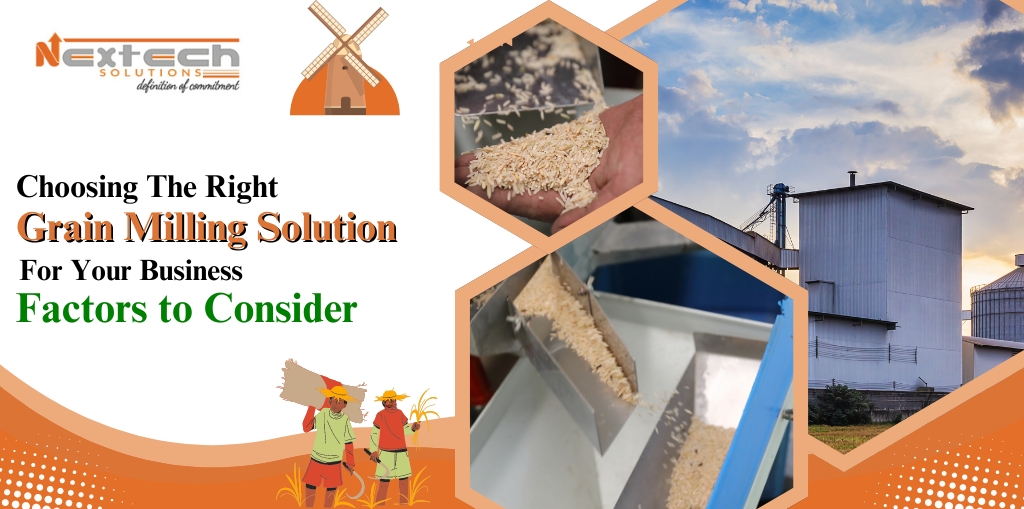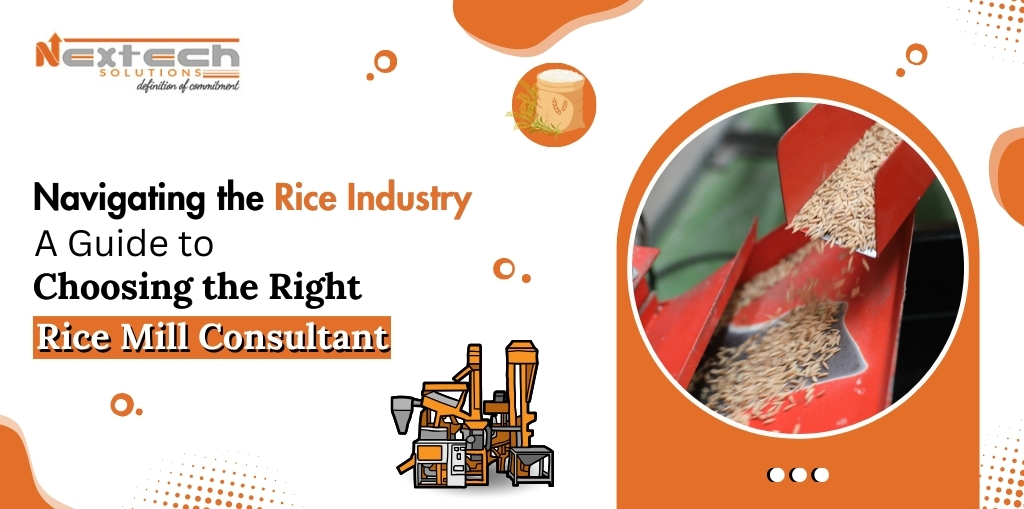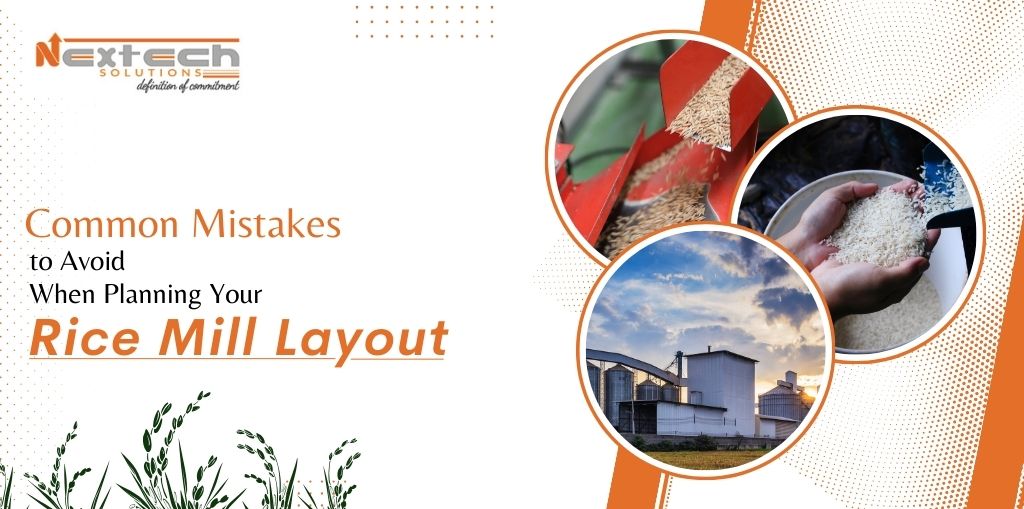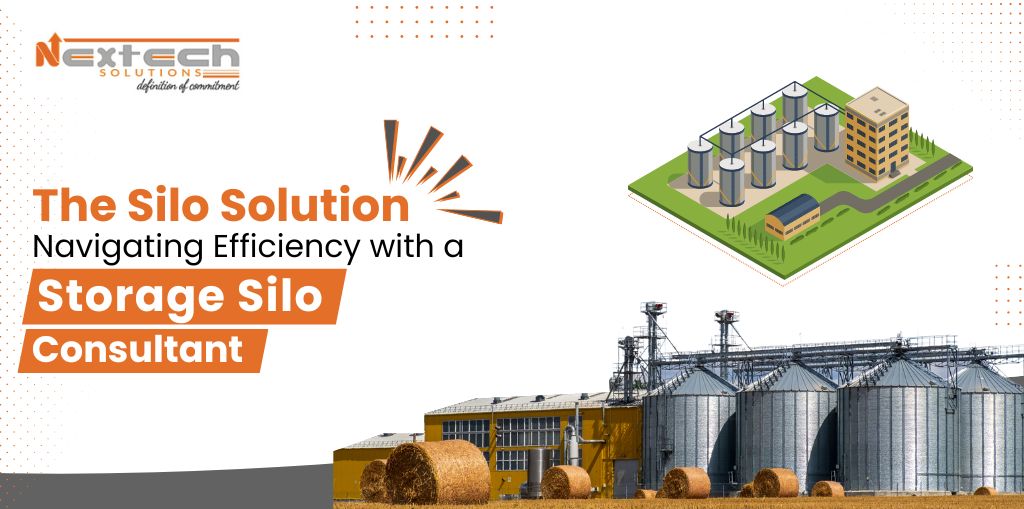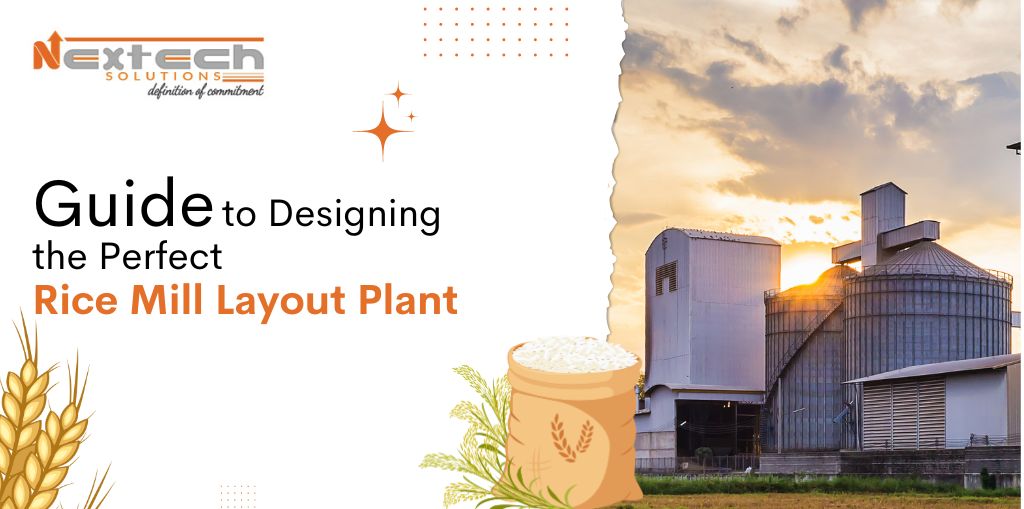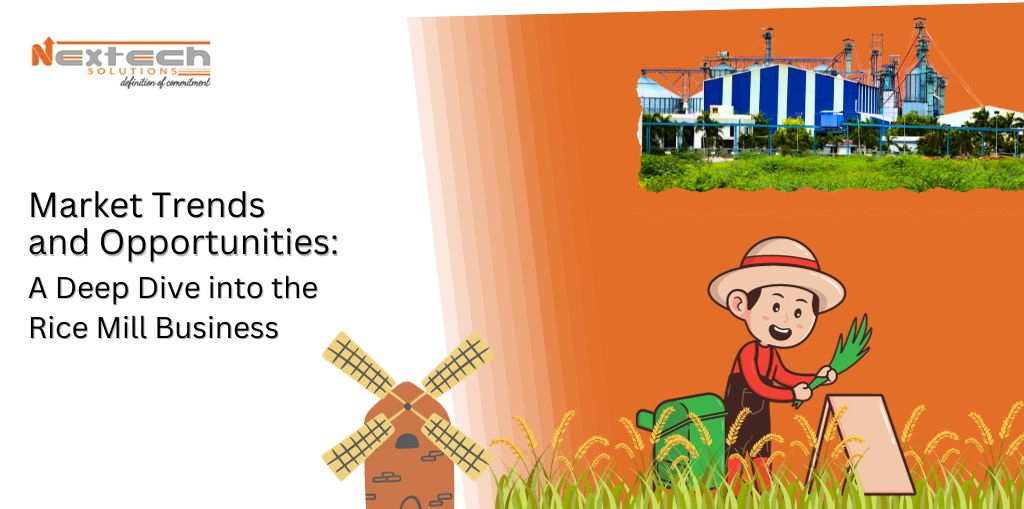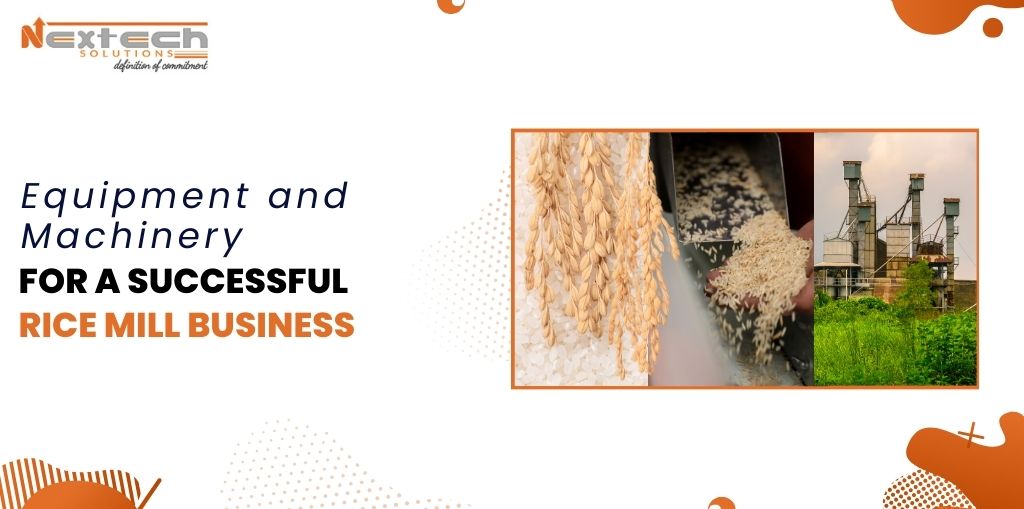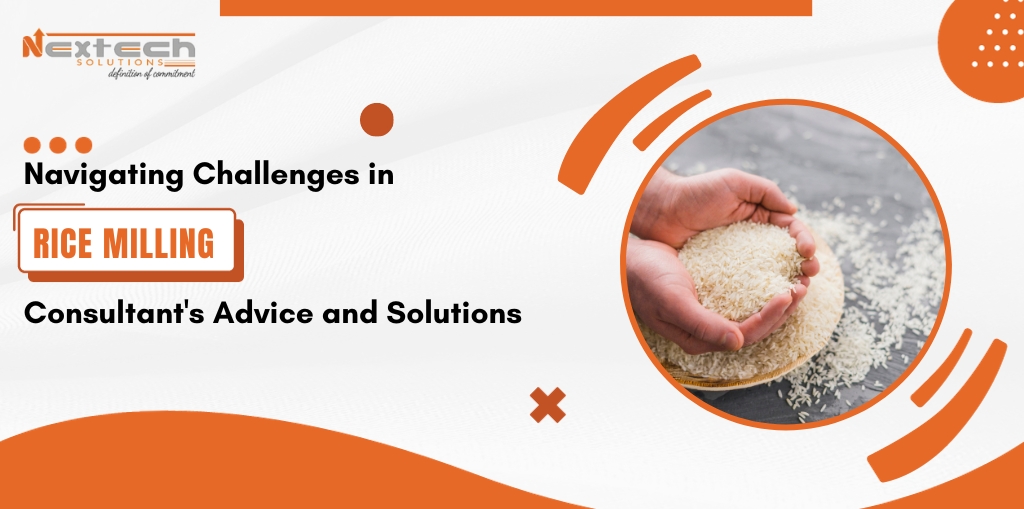Introduction to Rice Mill Layout Plant
Welcome to our comprehensive guide on designing the perfect rice mill layout plant! If you’re in the business of rice milling, then you know that a well-designed and efficient plant is essential for success. The layout of your rice mill plays a crucial role in determining productivity, workflow, and safety measures.
In this blog post, we will walk you through everything you need to consider before designing your rice mill layout. We’ll dive into the various stages of the rice milling process and highlight the equipment and machinery necessary for each stage. Furthermore, we’ll discuss how to optimize equipment placement within your layout to maximize efficiency.
Safety should always be a top priority when it comes to any industrial setting. Therefore, we will also provide valuable insights on implementing safety measures while designing your rice mill layout. To bring all these concepts together, we’ll showcase real-life case studies of successful rice mill layouts.
So whether you’re starting from scratch or looking to revamp your existing setup, this guide has got you covered! Let’s get started by exploring the factors that should be considered before diving into designing your ideal rice mill layout.
Factors to Consider Before Designing a Rice Mill Layout
When it comes to designing the perfect rice mill layout, there are several factors that need to be taken into consideration. One of the first things you should consider is the location of your plant. Ideally, you want it to be situated in close proximity to where the rice is grown, as this will reduce transportation costs and ensure freshness.
Another important factor is the size of your operation. Are you planning on running a small-scale mill or a large-scale one? The size of your operation will determine how much space you need for storage, processing, and packaging.
You also need to think about the availability of utilities such as water and electricity. These are essential for running the machinery in your rice mill plant efficiently. Additionally, consider any environmental regulations or restrictions that may affect your design choices.
The type of rice being processed is another crucial factor. Different varieties require different types of equipment and processing techniques. Make sure to take into account whether you will be milling white rice or parboiled rice when designing your layout.
Don’t forget about future expansion possibilities. Even if you’re starting with a smaller operation initially, it’s always wise to plan ahead for growth so that you can easily expand without major disruptions down the line.
By carefully considering these factors before designing your rice mill layout plant, you can ensure that everything runs smoothly once operations begin!
Understanding the Different Stages of Rice Milling Process
Rice milling is a complex process that involves several stages to transform raw paddy into edible rice. Each stage plays a crucial role in producing high-quality rice with optimal nutritional value and taste.
1. Pre-cleaning: The first step in the rice milling process is pre-cleaning, where impurities such as stones, straw, and dust are removed from the paddy using various cleaning equipment like vibrating screens and de-stoners.
2. Dehusking: In this stage, the outer husk layer of the paddy is removed through mechanical or abrasive methods. This process helps expose the brown rice within.
3. Whitening: To obtain white rice, the brown rice undergoes whitening, which involves removing bran layers from each grain using friction or abrasion techniques.
- Polishing: After whitening, polishing enhances the appearance and texture of the grains by buffing them with rollers or brushes to remove any remaining bran particles on their surface.
5. Sorting and grading: The final stage involves sorting and grading based on size, shape, color, and quality parameters using electronic sorters or sieves to separate broken grains from whole ones.
Each stage requires specialized machinery designed for specific functions like hullers for dehusking or silky polishers for whitening. Understanding these different stages allows mill owners to optimize their plant layout by placing appropriate equipment at strategic points throughout production lines.
Essential Equipment and Machinery for a Rice Mill Plant
A well-designed rice mill layout requires the right equipment and machinery to ensure efficient processing of the harvested rice. Here are some essential pieces of equipment that every rice mill plant should have:
1. Paddy Separator: This machine separates paddy from the brown rice, ensuring a clean separation and reducing waste.
2. De-stoner: As its name suggests, this machine removes stones and other impurities from the raw material, preventing damage to subsequent processing machines.
3. Husker: The husker is responsible for removing the outer husk layer from brown rice grains, leaving behind white or brown rice kernels.
4. Whitener: After husking, the whitener further refines the grains by removing bran layers on each kernel’s surface, resulting in polished white rice.
- Polisher: This machine adds shine to polished white rice by friction rubbing against it under pressure, enhancing its appearance and market value.
6. Grader/Sorter: The grader sorts milled rice based on size or quality criteria specified by customers or industry standards.
7. Packaging Machine: To facilitate storage and transportation of processed rice, automatic packaging machines can be used to pack it into bags or containers efficiently.
Additionally, other supporting machinery such as conveyors, elevators, blowers/fans for air circulation are necessary to transport materials within the plant effectively.
By investing in these essential pieces of equipment and machinery specifically designed for your desired production capacity and output quality requirements you can streamline your milling process significantly!
Optimal Placement of Equipment in a Rice Mill Layout
When designing the layout for your rice mill plant, it is crucial to consider the optimal placement of equipment. This plays a vital role in ensuring smooth and efficient operations, as well as maximizing productivity.
One important factor to consider is the flow of materials and processes within the plant. The layout should be designed in such a way that minimizes unnecessary movement or transportation of materials. By strategically placing equipment such as cleaners, huskers, polishers, and sorters along the production line, you can eliminate bottlenecks and improve workflow.
Another aspect to keep in mind is space utilization. Efficient use of available space can help prevent overcrowding and congestion within the plant. It is essential to carefully plan where each piece of equipment will be positioned to optimize both operational efficiency and worker safety.
Additionally, noise reduction should also be taken into consideration when determining equipment placement. Noisy machinery should ideally be located away from areas where workers spend most of their time or where quality control inspections take place.
Furthermore, accessibility for maintenance purposes must not be overlooked during layout design. Placing equipment in easily accessible positions allows for quick repairs or replacements if needed, minimizing downtime and maximizing productivity.
In conclusion,
By considering factors such as material flow, space utilization, noise reduction, and accessibility for maintenance purposes during the design process, you can achieve an optimal placement of equipment in your rice mill layout plant. This will result in streamlined operations and improved overall efficiency.
Safety Measures to Keep in Mind while Designing the Layout
Safety should always be a top priority when designing the layout of a rice mill plant. Here are some important safety measures to keep in mind during the planning process.
1. Adequate spacing: Ensure that there is enough space between different equipment and machinery to prevent accidents or collisions. This includes leaving sufficient room for operators to move around safely.
2. Proper ventilation: Rice milling produces dust, which can pose health risks if not properly controlled. Install effective ventilation systems to minimize airborne particles and maintain good air quality within the facility.
- Clear signage and markings: Clearly label all equipment, emergency exits, fire extinguishers, and other safety features with highly visible signs. This helps employees easily identify important areas and respond quickly in case of emergencies.
4. Safety guards and devices: Install appropriate guards on machinery to prevent accidental contact with moving parts or exposure to hazardous materials. Additionally, incorporate safety devices such as emergency stop buttons or pull cords for immediate shutdown in case of emergencies.
5. Regular maintenance checks: Establish a routine maintenance schedule for all equipment to ensure their proper functioning and reduce the risk of breakdowns or malfunctions that may lead to accidents.
6.Personal Protective Equipment (PPE): Provide adequate PPE like helmets, gloves, goggles, ear protection etc., for workers who may come into contact with potential hazards such as noise pollution, chemicals or flying debris.
Remember that these are just a few general safety measures; it’s essential to conduct a thorough risk assessment specific to your rice mill plant before finalizing its layout design
Conclusion
Designing the perfect rice mill layout plant is crucial for maximizing efficiency and ensuring a smooth production process. By considering various factors such as space availability, workflow optimization, and safety measures, you can create an efficient layout that meets your specific needs.
Before designing the layout, it’s important to thoroughly understand the different stages of the rice milling process. This will help you determine the optimal placement of equipment and machinery in your plant.
Speaking of equipment and machinery, investing in high-quality and reliable machines is essential for a successful rice mill operation. From paddy separators to rice whitening machines, each piece of equipment plays a significant role in achieving desired output quality.
When it comes to placing these machines within your layout, careful consideration should be given to their proximity to each other and how they fit into the overall flow of operations. This will ensure smooth material handling and minimize downtime.
While designing your rice mill layout plant, don’t forget about safety measures. Implementing proper ventilation systems, fire prevention protocols, and ergonomic workstations are vital for creating a safe working environment for your employees.
To gain further insights into effective rice mill layouts, studying successful case studies can provide valuable information on best practices. Analyzing real-life examples will give you practical ideas on how to optimize space utilization and streamline processes efficiently.
In conclusion,…
As we conclude this guide on designing the perfect rice mill layout plant…
Remember that designing an efficient rice mill layout requires careful planning based on specific requirements. By considering factors like space availability, understanding different stages of milling process along with essential machinery placement combined with implementing necessary safety measures; it’s possible to create a highly productive setup.
So go ahead – start planning your ideal design today!
With this comprehensive guide at hand,…
you are now equipped with all the necessary knowledge and insights to design an efficient rice mill layout plant. Remember to carefully consider factors such as location, size of operation, availability of utilities, type of rice being processed, and future expansion possibilities before finalizing your design.
By understanding the different stages of the milling process and investing in essential equipment, you can ensure optimal output quality and productivity. Don’t forget to strategically place machinery within your layout for smooth material flow and minimal downtime.
And above all, prioritize safety by implementing appropriate measures and regularly conducting risk assessments. By taking inspiration from successful case studies, you can further refine your layout design for maximum efficiency and profitability.
Thank you for reading our guide to designing the perfect rice mill layout plant. We wish you all the best in your rice milling journey!
 MAIL US :
MAIL US :
 CALL US :
>
CALL US :
>
